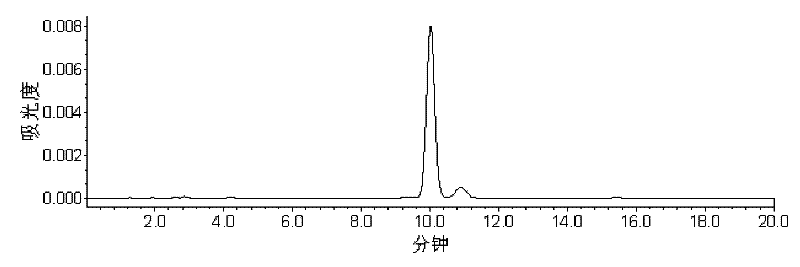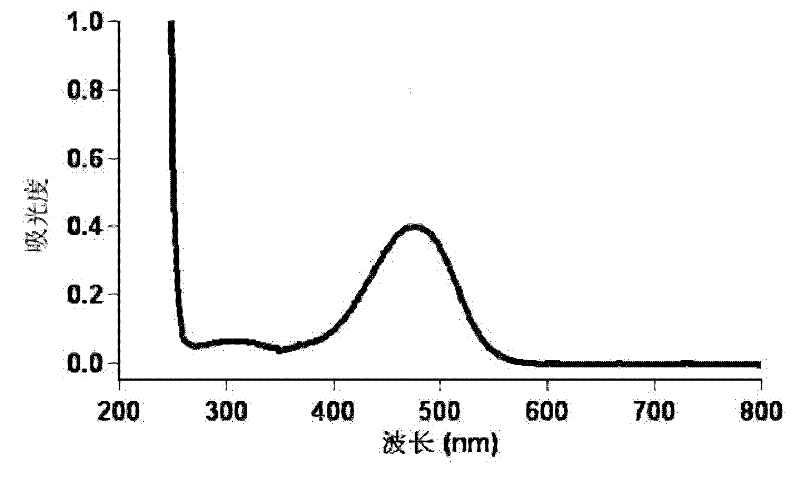Detection method of canthaxanthin residues in animals
A detection method and canthaxanthin technology, which are applied to measurement devices, instruments, scientific instruments, etc., can solve the problems of low recovery rate, unsatisfactory results when the amount is small, and can not meet the requirements of experiments, and achieve the effect of accurate results.
- Summary
- Abstract
- Description
- Claims
- Application Information
AI Technical Summary
Problems solved by technology
Method used
Image
Examples
Embodiment Construction
[0022] The method for detecting canthaxanthin residues in animals of the present invention is an improvement on the basis of the prior art, and its specific steps are as follows:
[0023] 1. Preparation of canthaxanthin standard solution
[0024] (1) Weigh a certain amount of canthaxanthin standard substance and place it in a 100ml brown volumetric flask.
[0025] (2) ①Add N,N-dimethylformamide to dilute to 100ml, shake well, and store in a -4°C refrigerator as a stock solution.
[0026] ② Add acetonitrile to make up to 100ml, shake well, and store it as a stock solution in a -4°C refrigerator.
[0027] Through observation, dissolving canthaxanthin with N, N-dimethylformamide can make it dissolve completely, and the solution is clear and transparent, and the color is darker; dissolving canthaxanthin with acetonitrile can not make it dissolve completely, there are particles, and the solution is cloudy, The color is lighter. Therefore, in this step, we choose N,N-dimethylform...
PUM
 Login to View More
Login to View More Abstract
Description
Claims
Application Information
 Login to View More
Login to View More - R&D
- Intellectual Property
- Life Sciences
- Materials
- Tech Scout
- Unparalleled Data Quality
- Higher Quality Content
- 60% Fewer Hallucinations
Browse by: Latest US Patents, China's latest patents, Technical Efficacy Thesaurus, Application Domain, Technology Topic, Popular Technical Reports.
© 2025 PatSnap. All rights reserved.Legal|Privacy policy|Modern Slavery Act Transparency Statement|Sitemap|About US| Contact US: help@patsnap.com



